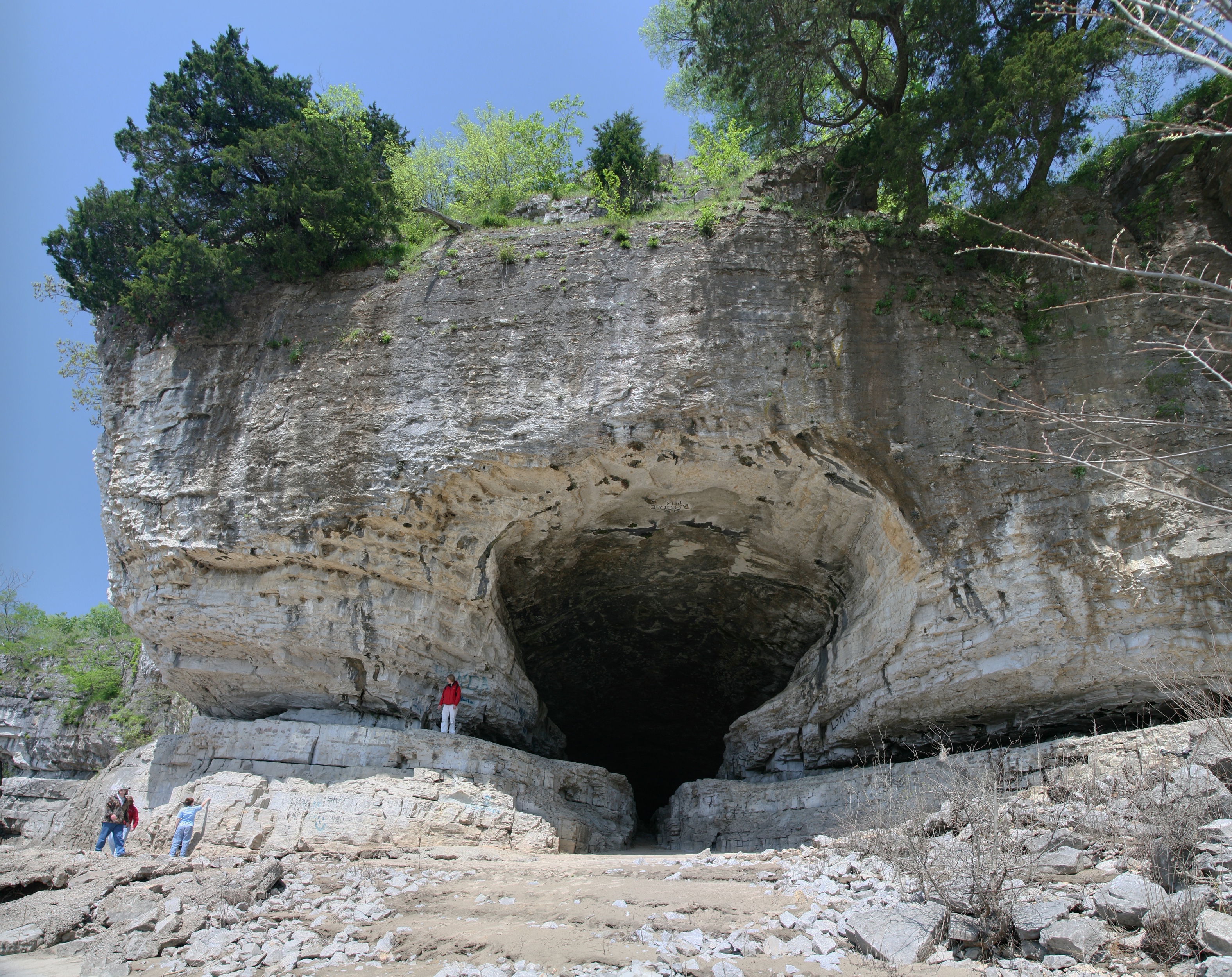 |
| Daniel Boone leading settlers through Cumberland Gap |
During the colonial era, the justice system was limited, of course, by the location of courts. In South Carolina, for instance, the only court was in Charles Towne, which meant that most law-keeping efforts were expended closer to the coast, and mostly on behalf of the planters, leaving the backcountry settlers vulnerable to all manner of criminal depredations. North Carolina saw a similar situation, but with a legal system that was both passive and corrupt.
This gave rise to what was termed the Regulator movement, as summarized in The Carolina Backcountry on the Eve of the Revolution:
The Regulator movement [in South Carolina] ... was only slightly related to the uprising which had troubled North Carolina during almost the same period. The North Carolina Regulators had appeared first, and had probably both inspired and provided a name to their counterparts in the southern province. ... The aims of the two movements were different. The North Carolina Regulators tried to "regulate" the local sheriffs, registers, clerks, and lawyers who, they complained, exacted illegal and exorbitant taxes, fees, and rents from them. The Regulators of South Carolina, on the other hand, demanded the benefits of law and order, and their "regulation work" consisted largely of punishing and driving away the bandits who infested their settlements.
These situations greatly contributed to the tide of opinion in favor of rebelling against the Crown, as the above paragraph concludes, "Though the back settlers of both provinces had numerous and genuine grievances, there is little doubt that the South Carolinians had by far the greater provocation to rebellion."
Fast-forward 10-15 years after America had won her independence. Among others added to the original thirteen, Kentucky became a state in 1792. While the western reaches remained wild and woolly for quite some time, the residents of the interior--that beautiful bluegrass region so loved by native tribes as a seasonal hunting grounds--were careful to set a justice system in place. Constables and clerks worked alongside judges and attorneys, but the main courts were held twice a year, in April and October, with "Quarter Courts" sessions in between, in January and July. (A previous description of the colonial court system was provided in the post The Colonial Courthouse, by Jennifer Hudson Taylor.) When the situation called for it, such as dealing with river pirates or bandits afflicting travelers along the Wilderness Road and its various adjoining traces, a local sheriff and deputy (or deputies) would organize a posse to ride out and bring criminals to justice. Although this system is most familiar in the setting of the Old West, decades later, it was already in use before 1800, and is referred to as a Regulator-style method of dealing with criminal activity.
When the Harpes launched their "war on all mankind," local law enforcement enlisted ordinary merchants and farmers in the effort to locate the murderers. Dozens of groups joined the search, some staying at it for mere days, while others kept going for weeks. Since each man was responsible for his own provisions, with limited resources, many returned home sooner rather than later because farms and businesses simply wouldn't run themselves. Others were concerned about reprisal from the Harpes, and wished to make sure their families and homes were still safe.
The early American justice system was by no means perfect, but ... it was all they had. With no professional police force in place, at least not such as we know today--and in the absence of modern technology or social media--the dedication of those who gave time and effort to the chase is rather amazing.





